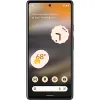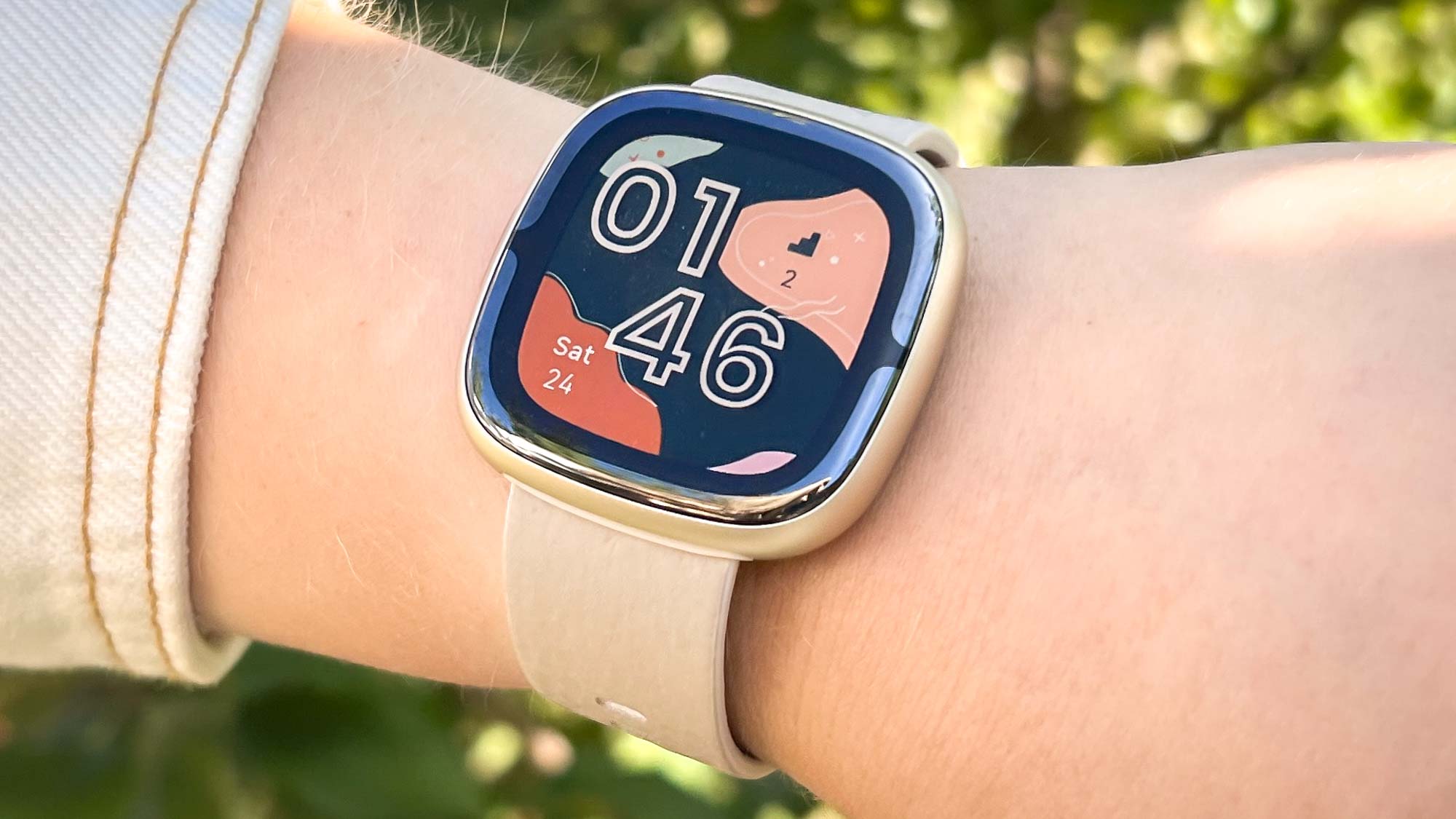Midrange phones compared: OnePlus 12R vs Samsung Galaxy A55 vs Pixel 8a vs Nothing Phone 2a
Looking for a phone that won't break the bank? You've come to the right place
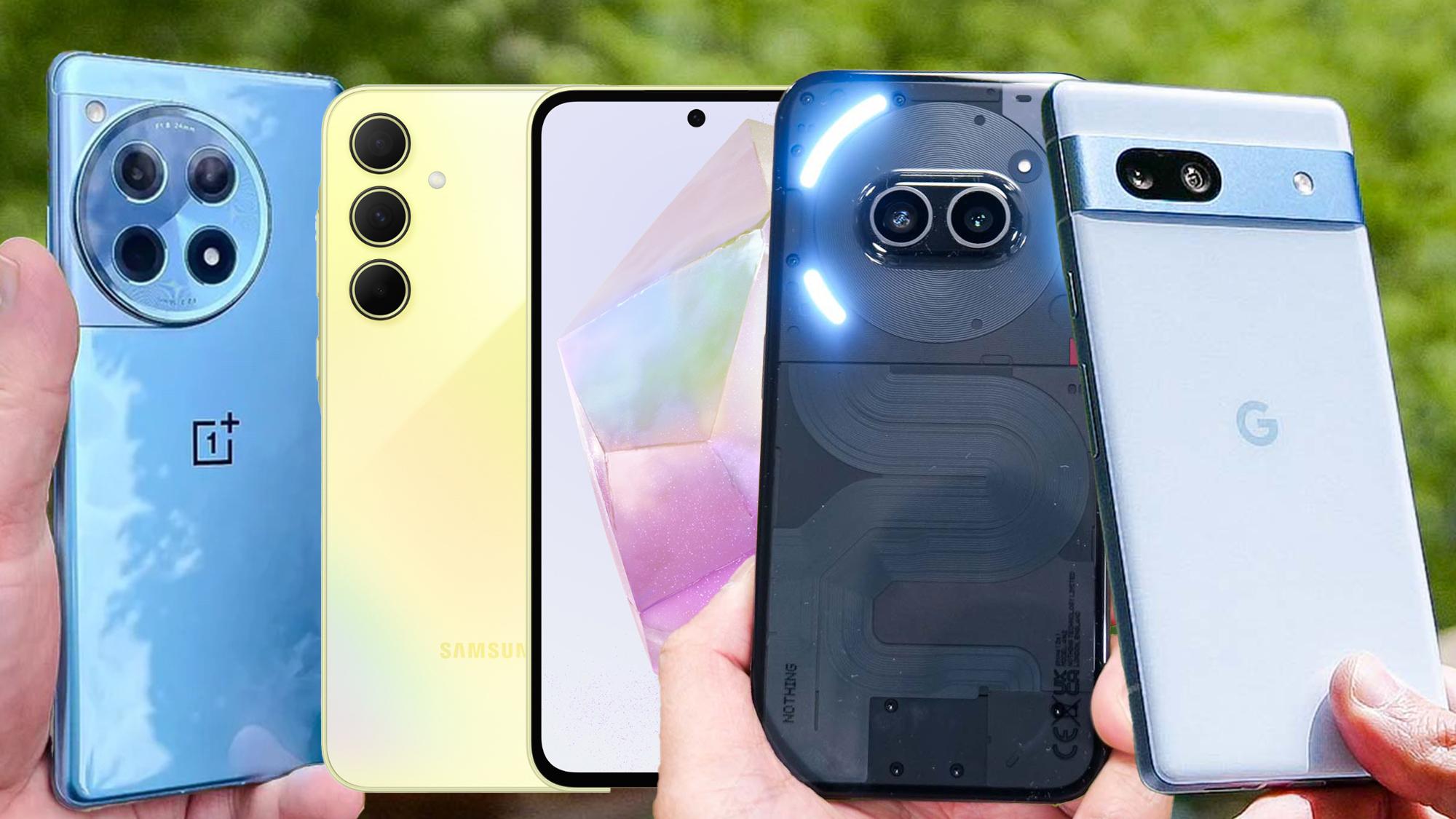
We've said it before — there's never been a better time to be shopping for a midrange phone. And with even more affordable devices joining the mix as of late, that's more true than ever.
Midrange phones are a step or two behind flagships like the iPhone, Pixel or Galaxy S models that command big bucks. As a result, they're a lot friendlier to your wallet with prices typically ranging between $400 to $600.
But don't be fooled into thinking you're getting some bargain bin chunk of hardware. While you sacrifice some features by turning to a midrange phone, most of these devices still manage to include the kind of premium features you'd expect from more expensive handsets.
Already this year, we've seen the OnePlus 12R and Nothing Phone 2a join the ranks of the best cheap phones, and Samsung's in the process of rolling out this year's Galaxy A updates. The biggest launch of all could come in a couple of months when we see what Google has planned with the Pixel 8a.
To help you sort through this abundance of choices, we've put together a guide to midrange phones — both devices you can buy right now and those that are coming soon, so you can figure out if it's better to wait for your next phone purchase. If you think the best phone for your needs shouldn't have to cost nearly $1,000, any one of the following models should be on your short list.
OnePlus 12R: The power champ
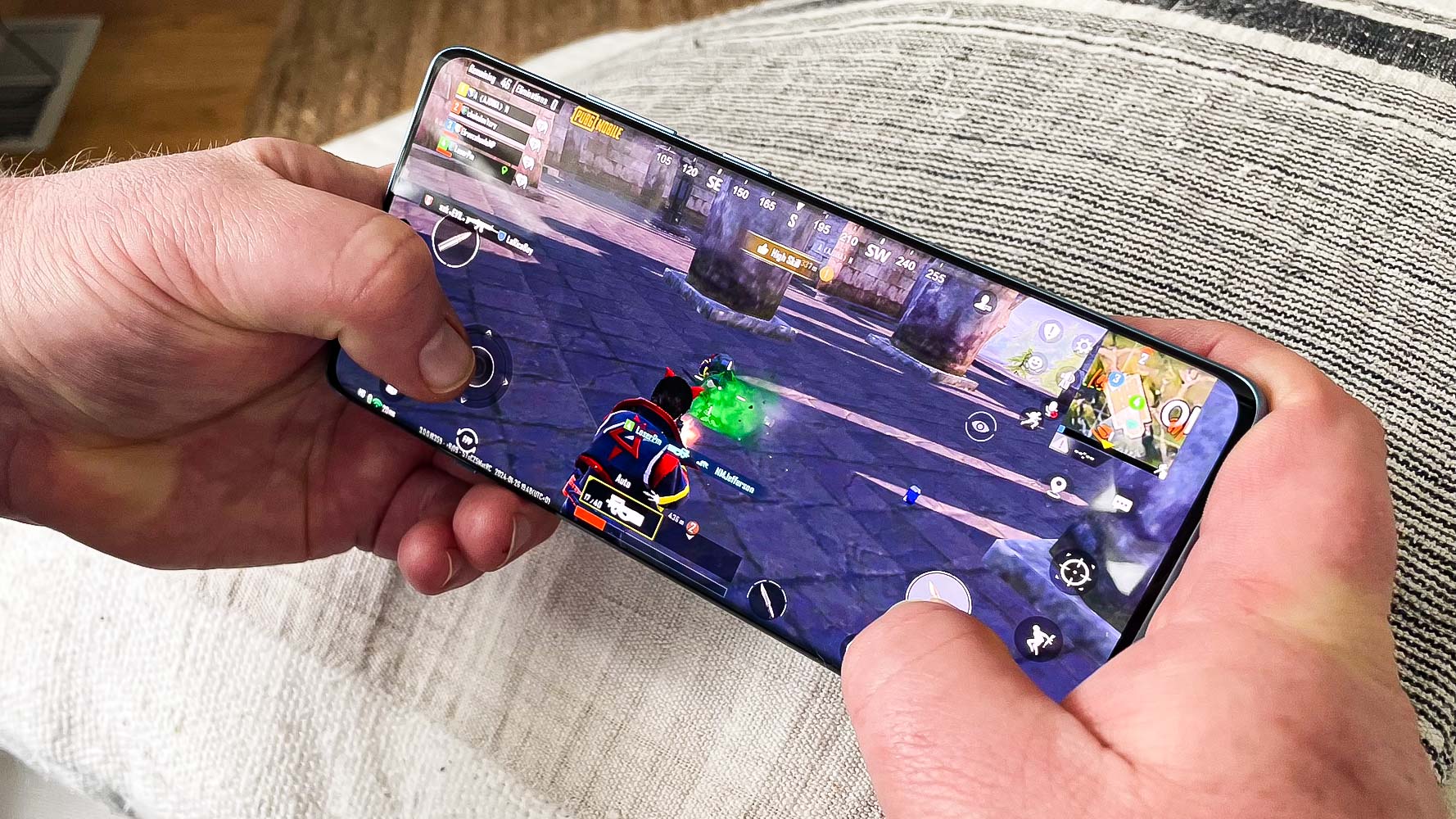
When is it out: The OnePlus 12R came out in February, about the same time as the OnePlus 12 flagship that it closely resembles.
What does it cost: In the U.S., you can buy a OnePlus 12R with 8GB of RAM and 128GB of storage for $499. Sadly, that cheaper model isn't an option overseas where you can only pick up the 16GB/256GB OnePlus 12R for $599/£649.
Sign up to get the BEST of Tom's Guide direct to your inbox.
Get instant access to breaking news, the hottest reviews, great deals and helpful tips.
What to expect: Having reviewed the OnePlus 12R, we came away impressed by its performance and battery life. Like other phones in the midrange category, the OnePlus 12R doesn't feature the latest and greatest silicon, but it comes pretty darn close with last year's Snapdragon 8 Gen 2 chipset providing the power. That means the OnePlus 12R has more than enough muscle to out-perform the other phones on this list.
There's another benefit to that Snapdragon 8 Gen 2 chipset, as it excels at power management. That capability along with the OnePlus 12R's massive 5,500 mAh battery helps the phone last a ridiculously long time on a charge. As of this writing, the OnePlus 12R is the runner-up on our best phone battery life rankings, with an eye-popping time of 18 hours and 42 minutes on our battery test.
There are some trade-offs to get this phone's sub-$500 price, such as the lack of wireless charging support. And the cameras, while decent, simply don't perform as well as the Pixel 7a's cameras. Overall, though, there's plenty to like about the OnePlus 12R, with a bright display and a distinctive-looking design joining the Snapdragon 8 Gen 2 chipset among the phone's positives.
Bottom line: If you need a low-cost phone right now and don't require a top-performing camera, the OnePlus 12R is a terrific option, especially if you're in the U.S. and can buy the cheaper of the two models.
Samsung Galaxy A55: The new kid on the block

When is it out: The Galaxy A55 went on sale on March 20 in the U.K. Australians get their chance to buy the new phone on March 25. And U.S. shoppers... had better learn to do without.
What does it cost: A Galaxy A55 with 8GB of RAM and 128GB of storage costs £439/AU$699. (That UK price is a £10 discount from the Galaxy A54.) There's also a 256GB version of the phone available in the UK for £489.
What to expect: Last year's Galaxy A54 gave the Pixel 7a all it could handle in the fight to be the best cheap phone, so we were eager to see how the Galaxy A55 built on that success. In the U.S., the answer to that question is "not at all," as Samsung doesn't plan on releasing the phone there.
In other parts of the world, a Galaxy A55 vs. Galaxy A54 comparison reveals that not much has changed from year to year. The Galaxy A55 runs on a newer processor and features a bigger screen (6.4 inches compared to 6.2 inches on the A54). There's also a Key Island on the side of the Galaxy A55 that offers a raised rail to house the power and volume buttons and a tougher version of Gorilla Glass for the screen. But other key features, like the camera setup and battery size are unchanged from the Galaxy A54.
That's not necessarily a bad thing, as the A54 had better than average battery life and took good photos for a sub-$500 phone. But it's not much incentive to upgrade if you have a newer phone.
Bottom line: We're still waiting to get our hands on the Galaxy A55, but it sounds like a modest upgrade from a phone we were pretty keen on last year. If you live in an area where Samsung is shipping the A55, it could be an attractive option, though how the cameras perform in our review will go a long way to figuring out just how attractive.
Samsung Galaxy A35: The new kid on the block's cheaper brother
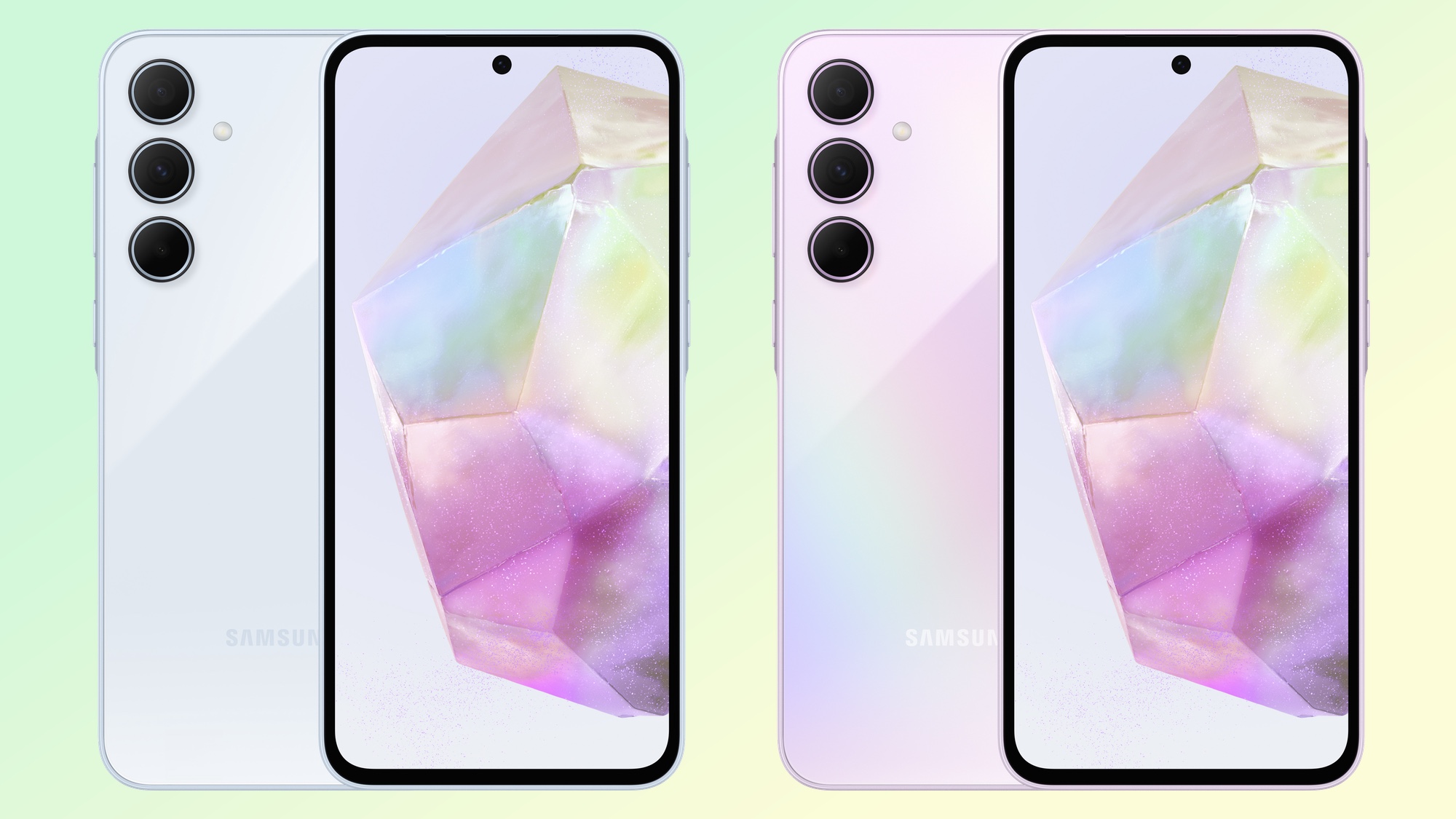
When is it out: Just like the Galaxy A55, the Galaxy A35 went on sale in the U.K. on March 20, with Australia getting the phone on March 25. Unlike the Galaxy A55, Samsung apparently plans a U.S. release for the A35, though no date has been set.
What does it cost: The Galaxy A35 starts at £339/AU$549. We don't have U.S. price yet, but it's a safe assumption that the phone would likely cost less than $400. That would make it the cheapest phone on this list by far.
What to expect: Take the Galaxy A55, downgrade a couple of features and you've pretty much got a Galaxy A35, a midrange phone that Samsung is likely to bring the U.S. The biggest tradeoff appears to be with the phone's chipset — the Galaxy A35 uses the same Exynos 1380 silicon that powered the Galaxy A54. That phone didn't exactly wow us when we benchmarked for the A54, so you'd imagine the Galaxy A35 will fall behind the Galaxy A55.
Other differences between the A35 and A55 included a less sharp ultrawide lens (8M as opposed to 12MP) and a lower resolution front camera. There's less RAM on board the A45, too.
Bottom line: We said it with the Galaxy A55, and we'll say it again here: we need to put the Galaxy A35 through our usual array of tests before we can issue any definitive verdict. But from the outside looking in, it seems like you're sacrificing overall performance in favor of a lower price tag.
Samsung Galaxy S23 FE: All this, and a telephoto lens, too

When is it out: The Galaxy S23 FE came out late last year, predating even the Galaxy S24 launch this past January.
What does it cost: The Galaxy S23 FE costs $599, $200 lower than the starting price of one of Samsung's Galaxy S24 flagships. Even at that discounted cost, the S23 FE is still the priciest phone in this round-up, with the exceptional of the OnePlus 12R with added memory and storage.
What to expect: Though the Galaxy S23 FE may be on the midrange/flgship phone cusp, it offers something none of the other phones here do — a dedicated telephoto lens. The S23 FE has the same triple camera array as the standard Galaxy S23, albeit with only an 8MP telephoto lens instead of a 12MP shooter. Even with the lower resolution, the Galaxy S23 FE can deliver a 3x optical zoom.
Another trade-off is more significant, the Galaxy S23 FE uses a Snapdragon 8 Gen 1 chipset instead of the Snapdragon 8 Gen 2 silicon found in the standard S23 and the OnePlus 12R. As a result, it's not as powerful as either of those phones, and the older Qualcomm system-on-chip is less power efficient, too. Don't expect anything close to the OnePlus 12R's battery life.
Bottom line: At the time of the Galaxy S23 FE's release, we said that the phone found itself caught between more powerful flagships and more affordable midrange models. That's more true than ever, as even more impressive midrange phones have come out. Still, if you want a dedicated telephoto lens on a lower-priced phone, this is your best bet.
Google Pixel 7a: The best value — for now
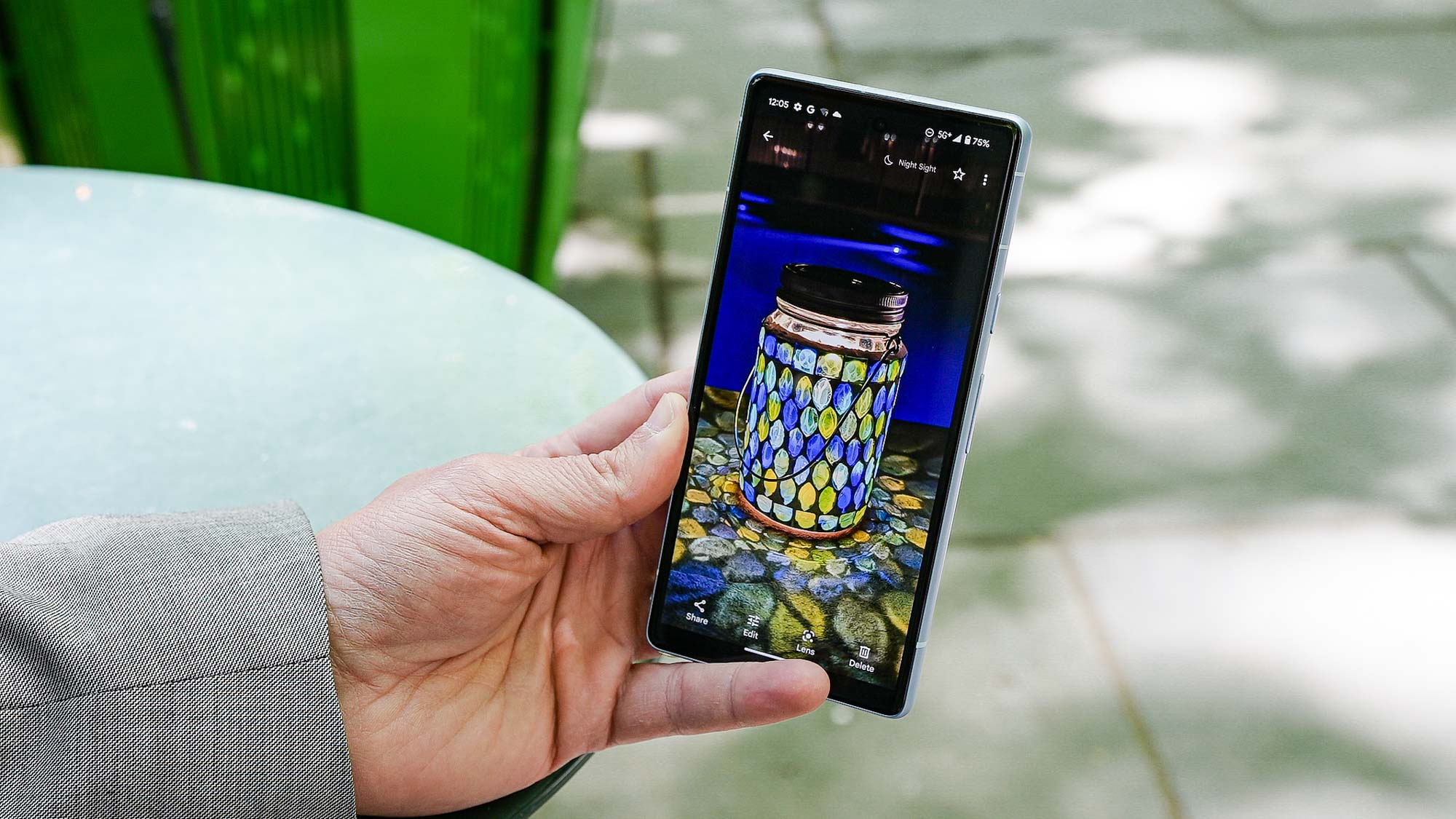
When is it out: The Google Pixel 7a will be celebrating its first birthday in May.
What does it cost: Google charges $499 for the Pixel 7a, a $50 hike from the Pixel 6a's starting price. These days, though, Pixel 7a deals have dropped the phone's price as Google makes way for Pixel 8a. (More on that upcoming phone in just a little bit.)
What to expect: My favorite phone of the past year, the Pixel 7a delivers premium-looking photos at a price that's hundreds of dollars less than many of the other best camera phones. You won't get a dedicated telephoto lens like you do on the Galaxy S23 FE, but you will benefit from Google's AI-powered photo-processing, and tools that let you easily tweak images after they're shot.
The Pixel 7a's appeal goes beyond just photos. It runs on the Tensor G2 chip that debuted with the Pixel 7 flagships, so the same AI-powered features available on those premium phones have made their way to Google's budget model. That includes features like the Voice Recorder app automatically recognizing when multiple people are speaking and splitting up the transcript accordingly. Direct My Call features give you on-screen menus for navigating your way through phone directories when you make a call.
Bottom line: The only thing that would stop us from enthusiastically recommending the Pixel 7a is that a new version of the phone is on the horizon. Still, if you need a phone right now, the Pixel 7a is a solid choice for bargain hunters, particularly if you can find a deal that offers the phone for less than its usual $499 asking price.
Google Pixel 8a: All eyes are on Google
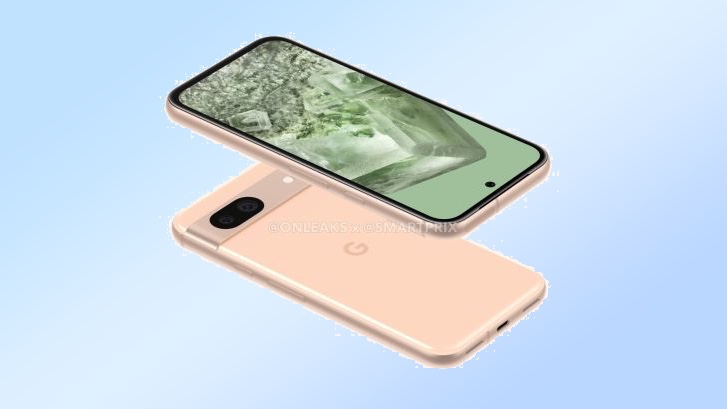
When is it out: Google hasn't confirmed the existence of the Pixel 8a yet, let alone a release date. But if the company sticks to its usual way of doing things, we should be seeing a new Pixel A Series phone at Google I/O 2024. This year's develoer event gets underway on May 14.
What does it cost: We don't know if the Pixel 8a will come in at the same price as the $499 Pixel 7a yet. One rumor suggests a potential price hike in Europe, which has led to speculation that the Pixel 8a's price might go up by $50. That would follow a $100 price increase for the Pixel 8 flagship models last fall.
What to expect: We can confidently make two predictions — the Pixel 8a is going to adapt the Pixel 8's design and it's also going to pick up the Tensor G3 chipset that debuted in those phones. That means getting the same capabilities as a Pixel 8, including improved call screening and generative photo edits.
Rumors suggest the Pixel 8a will get a display on par with the Pixel 8, offering a maximum 1,400 nits of brightness and a 120Hz refresh rate. There's no rumored changes to the camera setup, though.
Bottom line: The Pixel 8a figures to be an improvement over the Pixel 7a, though it's still too early to say how big of a gap there will be between the two phones. The rumored price increase might deter some upgraders — or it might drive them to the Pixel 7a if Google keeps that phone around at a reduced rate like it did with the Pixel 6a after lear year's 7a release.
Nothing Phone 2a: Style and substance
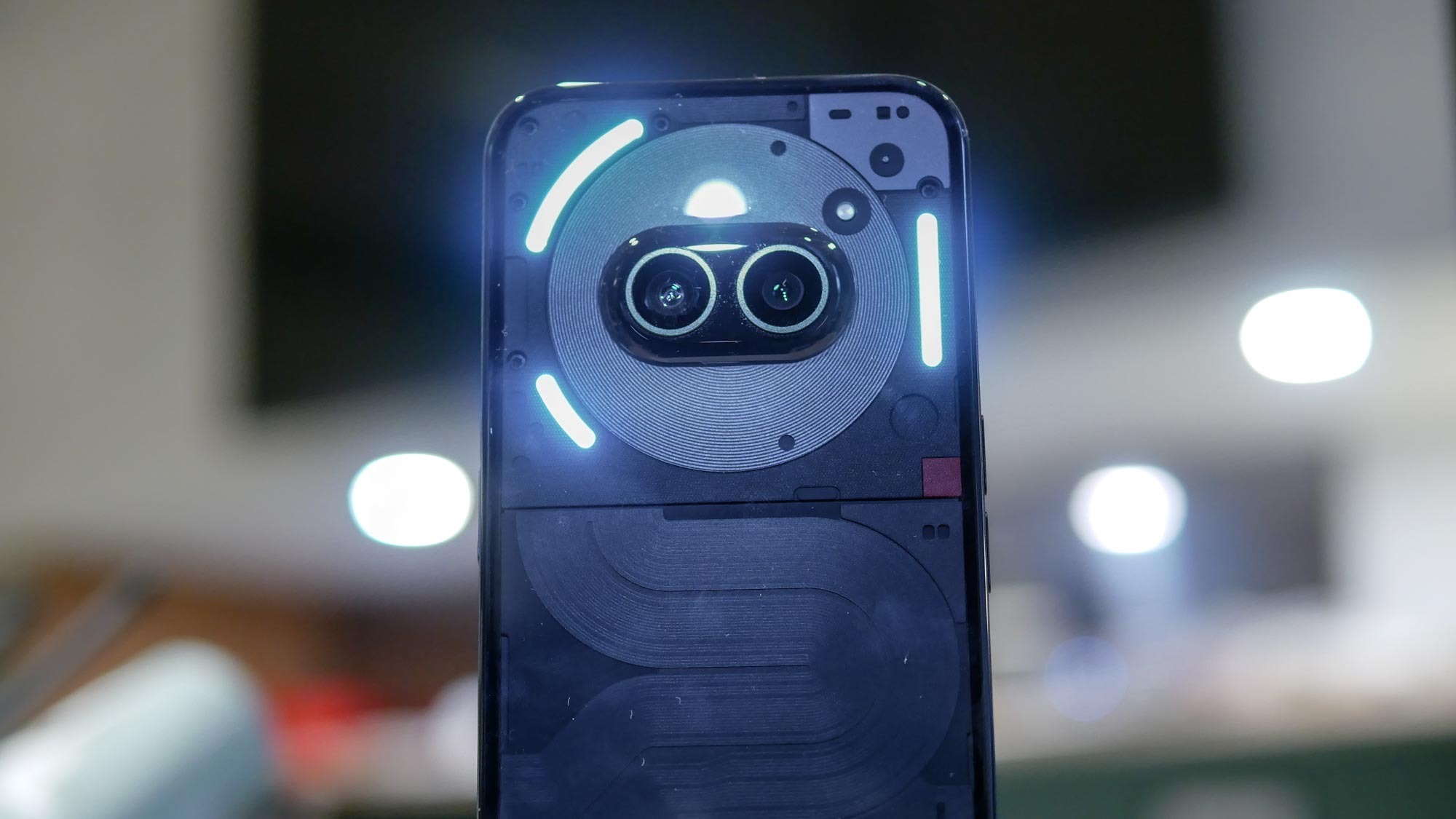
When is it out: The Nothing Phone 2a started shipping in early March, at least in most parts of the world. That includes the U.S., sort of, where the phone is available through Nothing's developer program instead of through a wider release.
What does it cost: Nothing conceived of the 2a as a lower-cost version of the Nothing Phone 2, and it's clearly serious about delivering on that. In the U.K., you'll pay £319 for the phone, while U.S. shoppers who can access the Nothing Phone 2a through the developer program will pay just $349. Pending a final US price on the Galaxy A35, the Nothing Phone 2a is the least expensive option here.
What to expect: Even though its scaled back from what you get on the standard Nothing Phones, the Nothing Phone 2a features a Glyph interface where LEDs double as notification alerts. Tastes differ from person to person, but the Nothing Phone 2a is one of the more stylish phones we've seen.
The 5,000 mAh battery on the Nothing Phone 2a lasts a surprisingly long time — 15 hours on our battery test. The 6.7-inch display is also pretty bright, even if the Pixel 7a outshines it. We were less impressed by the Nothing Phone 2a's struggle with demanding graphics and the subpar low-light photos it captured.
Nevertheless, Nothing has delivered a premium design for such a low-cost phone, and that deserves praise. This is a welcome addition to the growing number of noteworthy midrange phones.
Bottom line: U.S. phone buyers may have a hard time getting their hands on the Nothing Phone 2a, but the low price and sharp looks may be worth the effort.
More from Tom's Guide
- Google Pixel 8a excitement is building — but this rumor could kill that
- 5 ways Google Pixel 8a can beat the OnePlus 12R
- Nothing Phone 2a vs Pixel 7a 200 photo face-off
Philip Michaels is a Managing Editor at Tom's Guide. He's been covering personal technology since 1999 and was in the building when Steve Jobs showed off the iPhone for the first time. He's been evaluating smartphones since that first iPhone debuted in 2007, and he's been following phone carriers and smartphone plans since 2015. He has strong opinions about Apple, the Oakland Athletics, old movies and proper butchery techniques. Follow him at @PhilipMichaels.
-
cam.macleod While the Pixel 7a has good software and excellent cameras, I found the battery life dismal (3-4 hours) and the slow charging speed meant that you always had anxiety about your battery life.Reply
Hopefully Google's next chip focuses more on battery and performance, because their Tensor chips seem to be a few years behind in comparison to the current day snapdragon chips.



